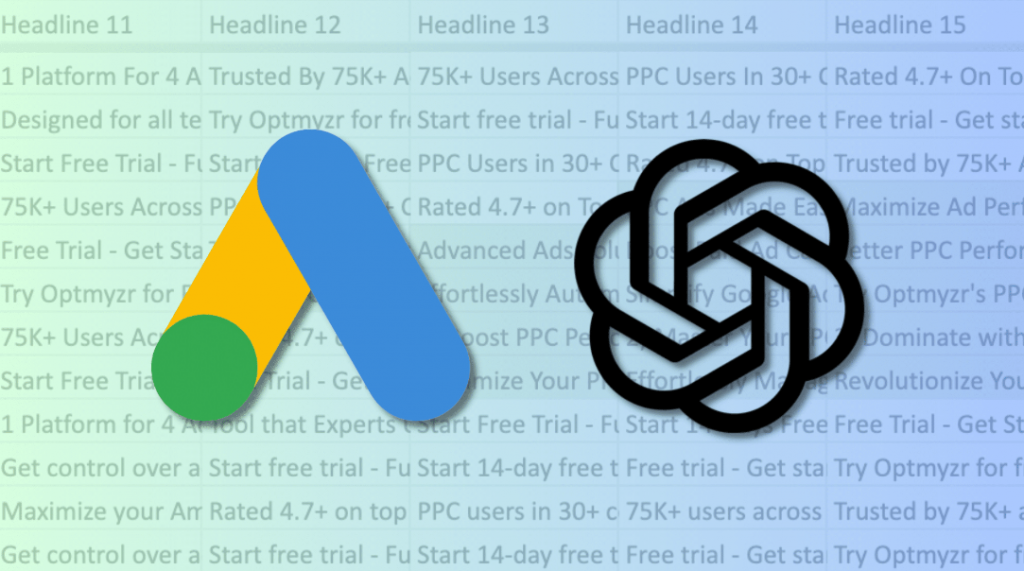How to Improve Your Google Ads Quality Score Quickly
Improving your Google Ads quality score is critical to a successful advertising campaign. The quality score indicates how relevant and effective your adverts are to users, and it might influence ad placement and cost per click. Here are some basic strategies for increasing your Google Ads quality score: Choose relevant keywords: Your keywords should be related to your ad and landing page. To locate keywords that are both relevant and have a large search volume, use the Google Ads Keyword Planner tool. Create persuasive ad copy: Your ad copy should be persuasive and relevant to the keywords you’re targeting. Make strong calls to action and emphasize your product or service’s unique value proposition. Improve the user experience on your landing page: Your landing page should be relevant to your ad and deliver a great user experience. Ensure your landing page loads quickly, is easy to navigate, and gives the user useful information. Optimize your ad targeting: Make sure your advertisements are reaching the correct people. To reach the proper people, use audience targeting choices such as demographics, interests, and location. Experiment with many ad variations: Conduct A/B testing to determine which ad copy and landing page combinations work best. This will assist you in optimizing your adverts for increased click-through rates and conversions. Monitor and adjust your bids: Based on your performance statistics, alter your bids to acquire the greatest potential ad placement for your budget. Use ad extensions: Ad extensions provide users with more information and can increase the relevance of your adverts. To provide extra information about your product or service, use extensions like site links, callouts, and structured snippets. It takes time and work to improve your Google Ads quality score, but following these techniques can help you notice benefits quickly. Remember to keep an eye on your performance data and alter your plan as needed to achieve the most return on your advertising spend.
How to Improve Your Google Ads Quality Score Quickly Read More »




